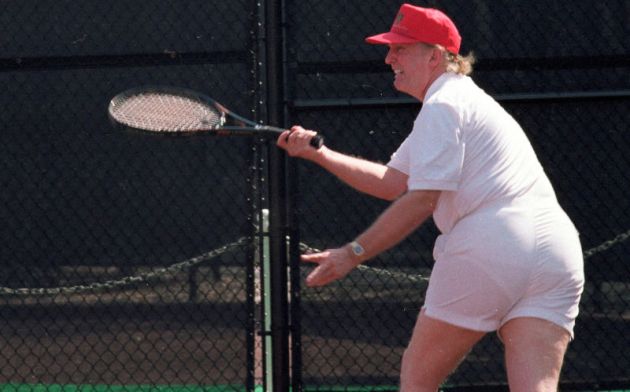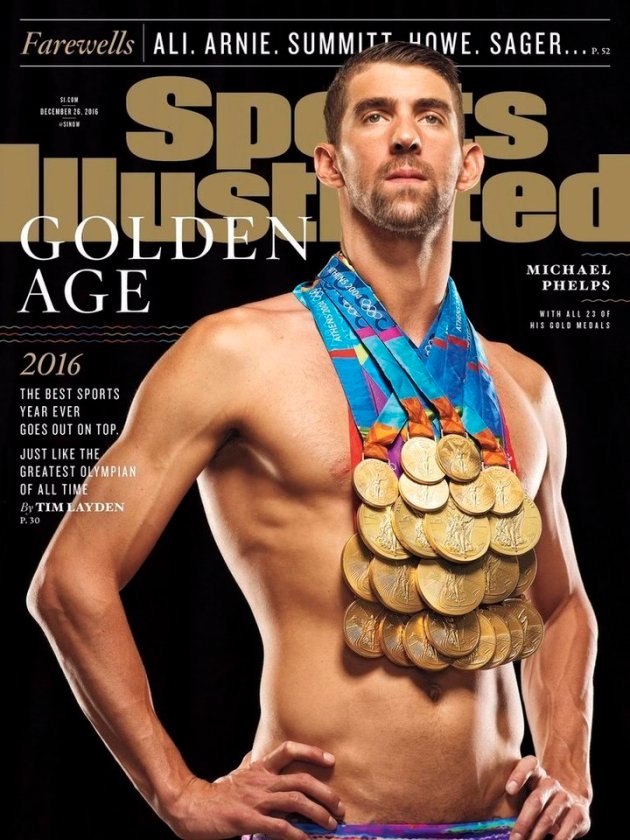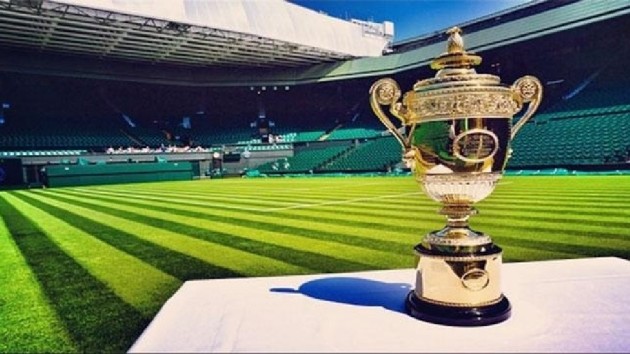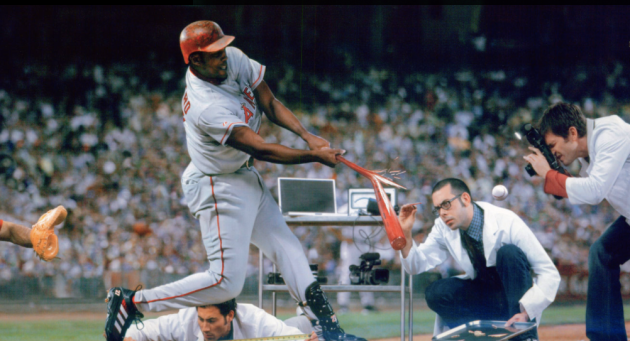This is the look PAL’s going for on the annual trip back to MN.
TOB: Also, happy birthday to one of our loyal readers, my dear mom! Mom turns a certain number of years today. Have a great birthday, Ma!
Damn Librulz.
The professional wrestling heel (bad guy) is as old as the sport. The heel’s job is to rile up the crowd by doing things to get the crowd to actively and loudly dislike him (or her). Wrestling companies have long used current events to generate “heat” for a heel. I can remember the Iron Shiek (Iran) in the early 1980s, and Russian wrestlers in the late 1980s, for example, who juiced up a crowd by railing against America as they prepared to take on All-Americans like Hulk Hogan and Hacksaw Jim Duggan. Our country is very divided politically these days, and it is no surprise that one wrestler has used that division to his advantage.
Known as the Progressive Liberal, Dan Richards wrestles for a small Kentucky wrestling company. His shtick is too easy: he plays a liberal (and claims to be one IRL), and angers the crowd by advocating for such terrible policies like education for all and clean energy. He’s definitely a little condescending (e.g., intentionally mispronouncing how the people of Appalachia prefer to say Appalachia)…but it’s a bit disturbing to see how the crowds react.
One fan threatened that “if that fucking liberal” showed up to a show, the fan would bring his gun. Part of me laughs at this. The Progressive Liberal is supposed to be funny. It’s wrestling, after all. But there’s also a part that is a little sad that our society has come to a place where advocating for education, for example, is seen as a bad thing, to the point someone threatens to bring a gun to a wrestling event. Yikes.
Source: “The ‘Progressive Liberal’ Is Maybe the Perfect Wrestling Heel”, Samer Kalaf, Deadspin (06/26/2017)
PAL: You can’t fix dumb, TOB. That’s been the case long before Don Trump. I do think “The Progressive Liberal” is my favorite wrestling name of all-time. This is the first wrestling story I can get behind. I just wish Richards was a little more polished. The role is too good to be wasted on an amatuer.
Intangibles Are Unacceptable
These days, we all have at least one friend who’s all-in on distance running, rock climbing, cycling, triathlons. Endurance sports have expanded, and – at the highest levels – that put a premium on finding the perfect balance between being as light as possible and still maintaining the strength to exert the energy needed to win.
It should come as no surprise that eating disorders – for men and women – are a part of many athletes’ lives.
While the long-term effect are universally bad, that fact of the matter is the short-term effects contribute to success. It works.

Take this excerpt from Nora Caplan-Bricker’s piece:
One of the first things Tyler Hamilton learned on day one of his career as a professional cyclist was that he needed to lose weight. It was 1995, and he’d just touched down in the Barcelona airport, having signed a contract with U.S. Postal Service. When the team director picked him up, “He made fun of my baby fat straightaway,” Hamilton recalls. “I was like, ‘What’s this about? I’m super skinny!’ I had no idea.”
While female athletes, like women in general, are inculcated all their lives with the importance of thinness, male athletes are also bombarded with messages about their bodies. Some of the cyclists and runners I interviewed—both men and women—told me they think coaches and directors on women’s teams have grown more attuned to the issue, and, in many cases, are more careful with what they say about an athlete’s weight or eating, while men’s coaches are years behind.
Early in his career, Hamilton thought of himself as a “big engine”—sure, he had bulkier muscles than some of his beanpole teammates, but that’s what powered him to victory in his best stage: the time trial. But after a few years of feeling his team’s nutritionists “eyeballing me every time I went up to get a cookie,” and of hearing from coaches and more seasoned cyclists that he could really be a contender if he shed a few pounds, Hamilton took the advice to heart. “When I lost weight, I basically learned to climb,” he told me. “There was a time”—around 2003, when he placed fourth in the Tour de France—“when I was one of the best climbers in the world.”
Every spring and summer, the 5’8″ Hamilton would work to whittle himself down to about 130 pounds. “The three months before the Tour were hell to get there,” he says. He’d bike for six or seven hours, come home famished, and chug a Diet Coke as fast as he could. A Diet Coke, and maybe an apple, and “you go from ravenous to ‘okay, maybe I can go another hour now.’” Once, after a hard training ride, Hamilton’s director gave him a handful of sleeping pills to help him “make it until dinner” without eating. The message was, “If you make it through the night, even better.”
Hamilton describes these patterns as an eating disorder, though he was never technically diagnosed with one. At the same time, he believes achieving a skeletal physique did make him a better cyclist. Weight is only one of many factors in an athlete’s performance. But in races that are won and lost by a fraction of a second—not only in cycling, but also in running, swimming, and skiing—athletes who fantasize about the perfect ratio between power and leanness usually find that the latter is easier to quantify and control.
This story digs into a dangerous combination where eating disorders seem to flourish (I’m obviously no expert): a person driven to win and that success can be helped by doing something that is bad for you. What makes most elite athletes different from us is they are willing to do things the rest of us are simply not willing to do every day for an extended period of time. They are singularly focused on success. It is the only priority. And when success is that black & white, well, that can be a slippery slope.
Sometimes in sports, fractions – of a second, an inch, a fingernail – separate the legends from great unknowns, while the rewards between first and second can be measured in tax brackets. This can be especially true for fringe sports like rock climbing, cycling, and distance running. In that teeny tiny gap between great and legend is where uncertainty simmers. Athletes can’t stand for uncertainty, which is why they are as good as they already are. The gap needs to be filled with a plan, with measurement, with incremental progress. That’s where something as quantitative as calories and weight and ultimately disorder can root itself. In a way, an eating disorder is similar to doping.
Do me a favor: name me two world class distance runners? Name me three world class swimmers. Now, name me 15 basketball or baseball or football players.
Is it any surprise that we find eating disorders more prevalent in those whose success is dependent upon obsession? – PAL
Source: “The Inextricable Tie Between Eating Disorders and Endurance Athletes”, Nora Caplan-Bricker, Outside Magazine (6/23/17)
TOB: This story surprised me, because we definitely think of athletes as healthy. But it makes sense, as Phil so eloquently expands upon.
This Is Why You Should Always Look Out For Number One In Job Decisions
Two years ago, on the eve of free agency, Clippers center DeAndre Jordan was all set to sign as a free agent with the Dallas Mavericks, much closer to his hometown of Houston. So a bunch of his Clippers teammates, including Chris Paul and Blake Griffin, showed up at his home in Houston and basically held him hostage, convincing him not to leave. The players had a lot of fun with it on Twitter. For example, Blake Griffin tweeted a photo of a chair barricading the door at DeAndre’s house.
It was pretty all pretty amusing, and in the end they convinced him not to leave. But this week, just two years later, Chris Paul told the Clippers he was opting out, and so they traded him to what he sees as a better situation with the Houston Rockets. Blake Griffin can also opt out, and with Paul gone, many expect him to sign elsewhere. Where does this leave DeAndre Jordan? Probably wishing he hadn’t re-signed with the Clippers, a team now completely devoid of talent. The internet had fun with this fact.
https://twitter.com/rashadalaiyan/status/880151489179566081
https://twitter.com/AlphaSixFour/status/880103196190023681
Poor De’Andre. Let this be a lesson to us all: You do you. -TOB
Source: “After Chris Paul Trade, Twitter Absolutely Savages DeAndre Jordan”, Jimmy Traina, Sports Illustrated (06/28/2017)
PAL:
TOB: Hey, sure. He’s richer than shit. But, he’d have that money if he’d gone elsewhere, too. It’s not like the Mavericks were offering him $150,000.00.
Blazers Twitter Welcomes New Player, Mr. Considerations
As part of the Houston Rockets’ maneuvering for the above-mentioned trade for Chris Paul, they made a trade with the Portland Trailblazers. The Blazers sent Tim Quarterman (uh, who?) to Houston in exchange for “cash considerations”. The Blazers’ official twitter account, generally one of the best team accounts in sports, had quite a bit of fun with this.
I laughed. Hell, a bag of cash is certainly better than Meyers Freakin Leonard. You suck, Meyers. -TOB
Source: Blazers Twitter (06/28/2017)
Video of the Week:
PAL Song of the Week: Maggie Rogers – “Alaska”
Like what you’ve read? Let us know by following this blog (on the right side, up near the top), or:
Email: 123sportslist@gmail.com



























